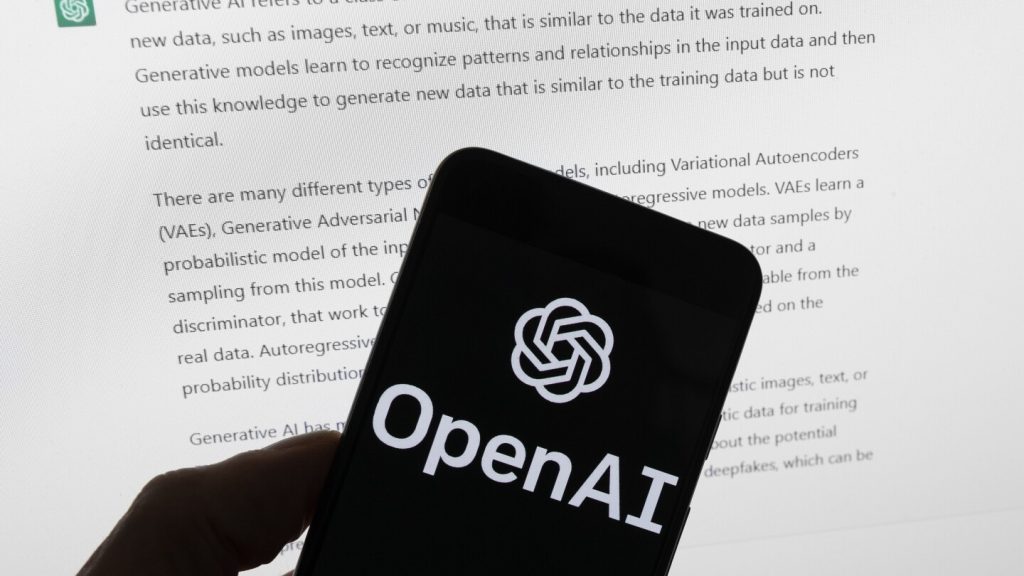OpenAI, a prominent artificial intelligence company, has recently announced an update to its AI model called GPT-4o, which can now mimic human cadences in its verbal responses and detect people’s moods in real time. This advancement brings to mind the romantic relationship between a human and an AI operating system portrayed in the 2013 film “Her.” Despite the lack of seductiveness, OpenAI claims that the new model works faster than previous versions and can reason across text, audio, and video. The CEO, Sam Altman, hinted at the capabilities of the new AI model by posting the word “her” on social media.
During a live-streamed demonstration, OpenAI executives showcased the capabilities of the AI bot, including adding emotions like drama to its voice upon request, solving math equations step by step, assisting with software coding problems, and even attempting to determine a person’s emotional state based on a selfie video. The AI model also demonstrated its ability to translate languages, highlighting how it could facilitate conversations between individuals who speak different languages. These features aim to enhance user experience and interaction with the ChatGPT chatbot powered by GPT-4o.
Gartner analyst Chirag Dekate noted that while the update showcased impressive capabilities, it also implied that OpenAI is trying to catch up with larger rivals, like Google. Dekate mentioned that some of the showcased features were reminiscent of Google’s advanced AI models, such as Gemini 1.5 pro. Despite OpenAI’s initial advantage with ChatGPT and GPT-3, the analyst acknowledged that there are now emerging capability gaps between OpenAI and its competitors. Google is expected to reveal updates to its own AI model, Gemini, during its upcoming developer conference.
The demonstration of GPT-4o’s capabilities, including its ability to mimic human cadences and detect moods, has sparked intrigue within the AI community. Many are intrigued by the potential applications of this technology, from enhancing chatbots to improving language translation services. The advancement in AI models like GPT-4o brings us a step closer to the futuristic scenarios depicted in science fiction, where AI interacts seamlessly with humans in various settings. As technology continues to evolve, it will be fascinating to see how these advancements shape the future of AI and human-machine interactions.
OpenAI’s latest update to its AI model, GPT-4o, demonstrates the company’s commitment to pushing the boundaries of artificial intelligence and incorporating more human-like features into its technology. By enabling the AI to mimic human cadences, detect moods, and assist with various tasks, OpenAI aims to provide a more immersive and engaging experience for users interacting with AI-powered systems. Despite facing competition from larger rivals like Google, OpenAI continues to innovate and evolve its AI models to meet the growing demands of the AI industry and enhance human-AI interactions. The future holds exciting possibilities as AI technology continues to advance and transform various aspects of our daily lives.


